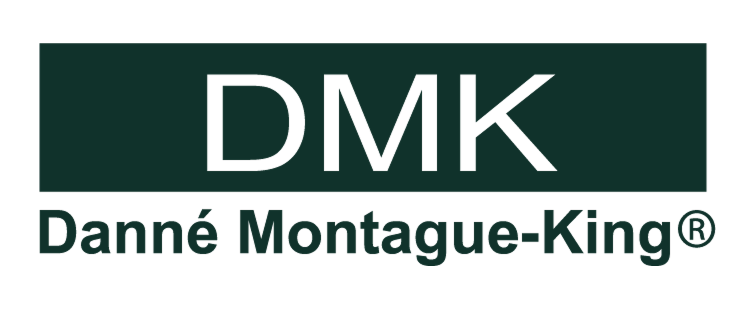How to upsell, without feeling like a salesperson!
- Daria Gapska
- Aug 25
- 3 min read
Upselling can feel uncomfortable, especially when your priority is helping people, not selling to them. But if you genuinely believe in the DMK system, you already know this: clients get better results when they use the right home care and commit to a treatment plan.
So the question isn’t should you upsell, it’s how to do it in a way that feels natural, honest, and aligned with the kind of experience you want to give your clients.
Here’s how to make upselling feel less like a pitch, and more like part of the service.
1. 🧠 Shift your mindset: You’re not selling, you’re prescribing
Clients aren’t coming to you for a chat and a cleanse. They’re looking for change—and you’re the expert guiding them through it. If you’ve done a proper consultation and analysis, then recommending a product or extra treatment is no different than a GP prescribing medication.
Say this:"To get your barrier functioning properly again, we’ll need to support it daily at home, otherwise we’re just undoing our work in clinic."
2. 📋 Bring it up early.. never at the till
Nobody likes surprises when it comes to money. If a product or follow-up treatment is part of the plan, don’t wait until the last five minutes to mention it.
Do this instead:During the treatment, mention where the skin is at and what it’ll need next—whether that’s another enzyme, a revision treatment, or adding a home prescriptive.
Try saying:"Next time, we’ll introduce [X], because your skin will be ready for that extra stimulation. I’ll let you know exactly what that involves before you leave."
3. 💬 Use real client examples—not sales talk
Instead of listing product features or quoting a brochure, explain how something worked for someone else.
Clients want proof, not pitch.
Say this:"A client with very similar skin to yours started using this and within 6 weeks, her breakouts had reduced by half. It made a huge difference to how the in-clinic
treatments worked."
4. 💡 Be honest about what’s needed
If a client’s only getting treatments and skipping home care, say so. You're not being pushy—you're being honest about what it takes to get proper results.
Try saying:"I can treat this here in clinic, but without the home support, we’ll be fighting against the same issues every time. If you want to actually fix it, we’ll need to combine both."
5. 🧴 Link every recommendation to their actual concern
Don’t tell them what a product does—tell them what it’ll do for them.
Instead of:"This moisturiser is anti-inflammatory and rich in essential fatty acids."
Say:"This is going to calm that redness down and stop your skin feeling tight by rebuilding the barrier."
6. 🗓️ Recommend a plan, not a product
Packaging your recommendations as a treatment journey or revision programme takes the pressure off. It positions you as someone who has a plan—not someone trying to make a sale.
Example:"We’ll start with four treatments spaced fortnightly, and I’ll set you up with the core home care you need to support the results. After that, we can reassess and build from there."
Final Note
Clients don’t always know what they need—that’s your job.
When you make recommendations based on real knowledge, honest expectations, and visible results, it doesn’t feel like a sales pitch. It feels like care.
And when you lead with that, the bookings and retail follow naturally.





Comments